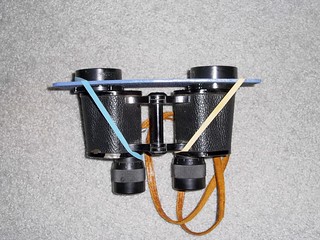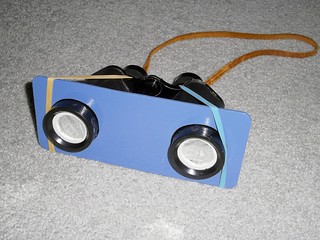 Originally posted by 1wild1
Originally posted by 1wild1 
So I have a DAL 55-300 and a Tokina 80-200 ATXpro and a 2x converter. I need to order a filter. Would you get a ND3 and shoot with the tokina/converter or a ND4 and shoot with the DAL? Shooting with a K50. I have only played with the converter a small amount and did not notice a stop of light difference but I'm still a beginner and was shooting pretty wide open.
You want the ND 4.0 (not the ND4 which entirely inadequate for solar photography). An ND 3.0 will probably be painfully bright unless the sun is very low on the horizon.
P.S. Make sure the filter also blocks IR and UV. Some ND filters only block visible light. Also, unless the filter is rated as safe of direct viewing of the sun, only use live view (not the eyepeice) for focusing, etc.
---------- Post added 08-06-17 at 07:49 PM ----------
 Originally posted by Bob 256
Originally posted by Bob 256 
Also some questions about image size versus lens floating around so here is an example for image sizes on APS-C and FF sensors (latter also applies to 35mm FF film). These are approximate but pretty close to what you'd get. Obviously, 2400mm is overkill for an APS-C sensor. Allow room for the corona during totality.
Great diagram!
The easiest way to think about the right focal length for a frame-filling sun or moon photo is to realize that the sun is about 100X further from the earth than the sun is wide (93 million miles away vs. 865,000 miles across). The moon has a similar 100X ratio (239,000 miles away vs. 2,160 miles across).
Thus the focal length of the lens needs to be 100X the width of the sensor or film frame which is about 1800 mm for APSC and 2400 mm for FF.
The corona extends away from the sun for many solar radii but the further from the sun you go, the dimmer it is. At 8 radii, it's about 14-stops dimmer than the chromosphere so some serious bracketing & HDR is the way the pros do this. Many seem to capture only about 3-5 solar radii which means using something like 360mm to 600 mm on APSC or 500 mm to 800 mm on FF.


 Similar Threads
Similar Threads 









 Surf here:
Surf here: 










 Post #1 by AstroDave
Post #1 by AstroDave








